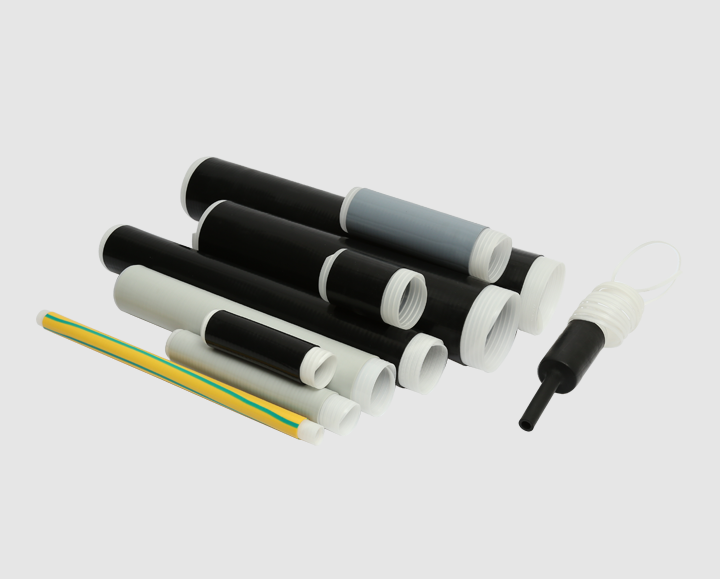The technical specifications and material properties of cold shrink tube determine its suitability for various applications across multiple industries. The selection criteria for appropriate cold shrink tube involve understanding operating environment conditions, performance requirements, and installation constraints. Electrical properties including dielectric strength, insulation resistance, and tracking resistance are critical parameters for applications involving power cables or electrical connections. Environmental resistance specifications cover temperature range performance, UV stability, ozone resistance, and chemical compatibility that ensure long-term reliability in different operating conditions. Mechanical properties such as recovery force, tear resistance, and elongation characteristics affect both installation ease and long-term performance of the cold shrink tube.
The application range for cold shrink tube spans numerous industries and protection requirements. In electrical power systems, cold shrink tube provides insulation and environmental sealing for cable terminations, splices, and breakout points. Telecommunications installations utilize cold shrink tube for protecting coaxial connections, fiber optic splices, and communication cable terminations. Industrial applications include sealing hydraulic connections, protecting sensors and instrumentation, and providing strain relief for equipment wiring. The marine industry employs cold shrink tube for corrosion protection and environmental sealing in saltwater environments. The versatility of cold shrink tube makes it suitable for both indoor and outdoor applications, with material formulations available for specific environmental challenges including extreme temperatures, chemical exposure, and mechanical abrasion.
Quality assessment and performance verification processes for cold shrink tube involve standardized testing protocols that validate material properties and performance characteristics. Manufacturers conduct extensive testing on cold shrink tube products including accelerated aging studies, environmental exposure tests, and electrical performance verification. Installation performance testing confirms that the cold shrink tube provides consistent contraction and proper sealing across specified diameter ranges. Compatibility testing ensures the cold shrink tube materials won't degrade adjacent components or cable insulation. These comprehensive validation processes provide assurance that cold shrink tube products will perform as intended in field applications, maintaining system reliability and protecting critical connections from environmental damage throughout their service life.
